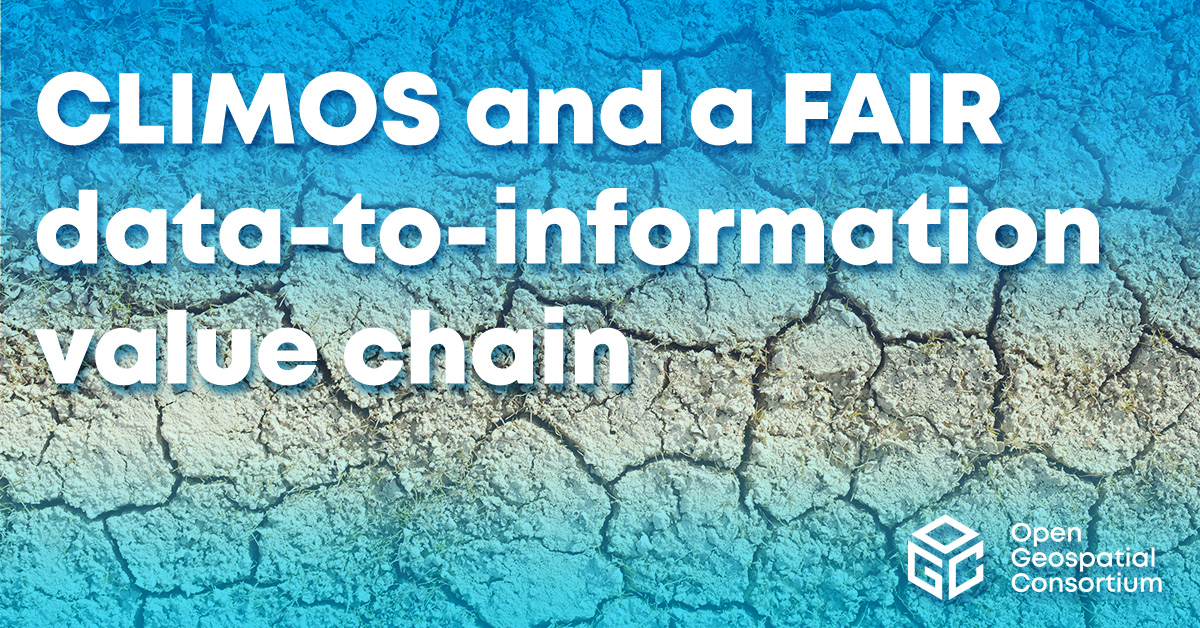The visible effects of climate change continue to grow over time, in both frequency and severity. Extreme meteorological events, such as heavy rains, severe storms, strong winds, and high temperatures, are causing extreme floods, landslides, droughts, heatwaves, wildfires, biodiversity loss, desertification and more, and severely impacting infrastructure, crops, livestock, and lives.
As such, the last three decades have seen policy initiatives put in place to try and limit the impacts of global warming, reverse land degradation/desertification, stop the loss of biodiversity, protect finite natural resources, and reduce the risks associated with environmental disasters. These initiatives are summarised under the umbrella of the United Nations Agenda 2030 and the Sustainable Development Goals (SDGs), which together aim at increasing the resilience of people and systems to the changing environmental and socioeconomic conditions. Within this framework, Climate Action (SDG 13) and particularly Health (SDG 3) are defined goals to be tackled by the international community through collaborative solutions.
Extreme weather-induced hazards and disasters certainly provide a very visible example of the impact of climate change. However, most of the mortality caused by climate change comes in less cataclysmic forms. One obvious example is the increased mortality rate during heatwaves. A less obvious example is the changing risk of exposure to disease for humans, other animals, and plants.
Changes in temperature and precipitation, combined with changes in land use and cover, are creating spatial shifts in the life-cycle dynamics of disease-transmitting vectors, such as bats, small mammals, or mosquitoes, which has resulted in changing risks of exposure to disease.
The EU project CLIMOS, which OGC is a partner, is examining one such change by focussing on diseases transmitted by sandflies. CLIMOS works towards enhancing the scientific knowledge of the parameters that affect the spread of sandflies – and thus their ability to transmit disease – in the context of a changing climate. The project calls for technical systems that can combine and process: raw data output by climate models; earth observations of ongoing meteorological events and changes to land cover; and ecological data describing the life cycles of the sandflies.
Technical systems that are able to find, access, integrate, and process data for use in building climate resilience are coming to be known as Climate Resilience Information Systems (CRIS). CRIS are already being used to develop and provide interoperable Analysis Ready Data (ARD), usually in the form of data cubes, to scientists for further processing using scientific algorithms, and/or for developing Decision Ready Indicators (DRI) that allow for clear interpretation of current events by decision makers.
The “raw data to information” value chain underpinning CRIS is made possible when the FAIR data principle is respected, that is that data and systems are developed in a manner that ensures they are Findable, Accessible, Interoperable, and Reusable. CLIMOS is therefore focussing on the use of FAIR-aligned Climate Services for data assessment, scientific knowledge generation, early warning, and to better understand how meteorological conditions are increasing the risk of sand fly-borne diseases in particular areas.
As part of the CLIMOS project, the Open Geospatial Consortium (OGC) is supporting the move toward FAIR systems for use in the emergency alert systems and data pipelines. Specifically, OGC is addressing the interoperability challenges faced when combining health, environmental, Earth observation, and climate model data. These challenges are being examined and addressed through various technical testbeds and data pilot studies that emphasise the FAIR principles, as well as within OGC Domain Working Groups. For the objectives of CLIMOS, OGC’s Climate Change Resilience, Emergency Management, and Health Domain Working Groups are each providing excellent sources of experience and knowledge related to these three aspects of the CLIMOS project.
The work of CLIMOS is an essential contribution to realise the SDG 3 goal to “Ensure healthy lives and promote well-being for all at all ages.”
This post originally appeared on the CLIMOS Project blog.
